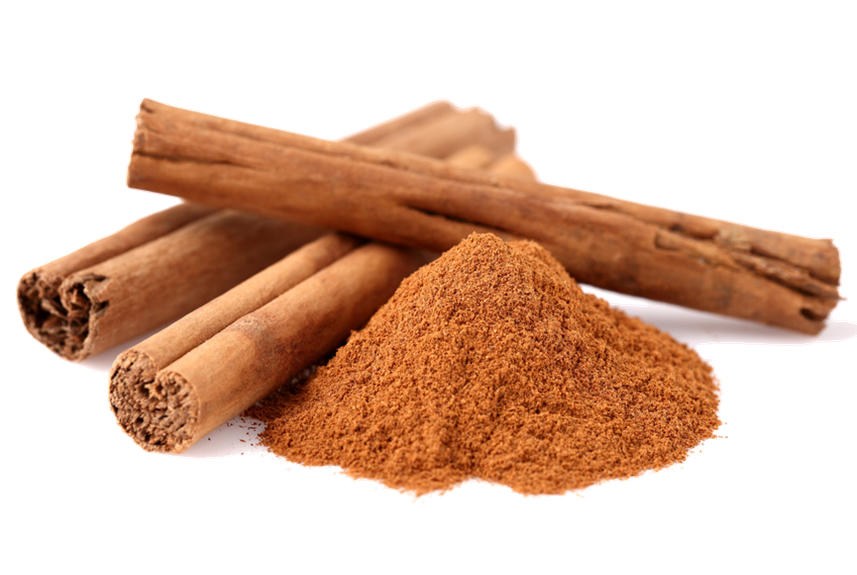Ceylon Cinnamon
Ceylon cinnamon, also known as true cinnamon or Cinnamomum verum, is a highly prized spice derived from the inner bark of Cinnamomum verum trees native to Sri Lanka (formerly known as Ceylon). Here’s a brief overview:
- Flavor and Aroma: Ceylon cinnamon is renowned for its delicate, sweet flavor and aroma. It is subtly complex with citrusy notes and a mild, pleasant sweetness. Compared to cassia cinnamon (the more common variety), Ceylon cinnamon is less intense and has a more refined taste.
- Appearance: Ceylon cinnamon sticks are thin, delicate, and rolled in multiple layers, often resembling scrolls. The inner bark is light brown in color and has a soft texture, which can be easily ground into powder.
- Health Benefits: Like other varieties of cinnamon, Ceylon cinnamon is believed to have several health benefits. It contains antioxidants and compounds that may help lower blood sugar levels, reduce inflammation, and improve heart health. However, it’s essential to consume it in moderation as excessive intake may have adverse effects.
- Culinary Uses: Ceylon cinnamon is a versatile spice used in both sweet and savory dishes. It adds depth of flavor to desserts such as cakes, cookies, and fruit compotes. It also complements savory dishes like curries, stews, and marinades, lending a subtle warmth and complexity to the flavor profile.
- Medicinal and Aromatic Uses: In addition to its culinary applications, Ceylon cinnamon is used in traditional medicine systems for its potential health benefits. It’s also valued for its aromatic properties and is commonly used in potpourri, candles, and essential oils for its soothing fragrance.
- Sourcing and Sustainability: Sri Lanka is the primary producer of Ceylon cinnamon, and the spice is cultivated in various regions across the country. Sustainable cultivation practices are increasingly being adopted to ensure the long-term viability of Ceylon cinnamon production.
Overall, Ceylon cinnamon is prized for its delicate flavor, culinary versatility, and potential health benefits, making it a cherished spice in cuisines around the world.

